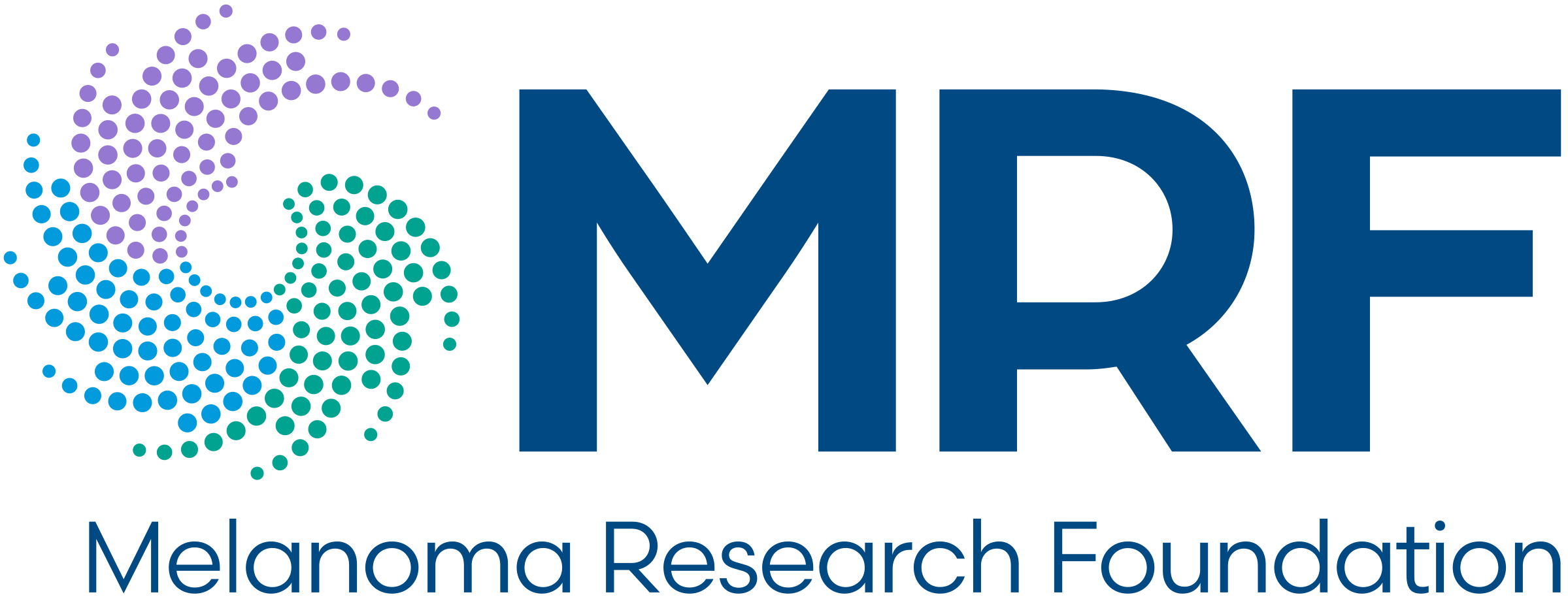January 27, 2025
Catch Melanoma Early – It May Save Your Life
Why is early detection one of the most important factors in preventing melanoma? Because identifying suspicious spots before they become melanoma could save your life.
When we think of melanoma prevention, we often think of the usual: using sunscreen, covering up, not burning, avoiding tanning beds, etc. But did you know that finding a suspicious mole or spot and having it checked out by a professional is considered one of the most important steps to preventing melanoma? Detecting melanoma when it’s early enough to treat could mean the difference between life and a life-threatening illness.
Don’t forget about your eyes! Did you know that ocular melanoma is diagnosed in about 2,000 Americans each year? The best way to catch ocular melanoma early is with a dilated eye exam by a trained ophthalmologist. Make your appointment now, especially if you are 40 or older. Visit #EyeGetDilated to learn more!
If you see something, don’t be afraid to say something!
Too often we notice a suspicious mole on ourselves or someone else, yet we don’t make it a priority to get it checked out. As many patients and survivors have recounted, their melanoma was found by a friend or a partner who happened to notice something different – and urged them to see a dermatologist. It helps to know the symptoms of melanoma, but it’s not required – if any mole is changing, you should have it checked out. Catching melanoma in its earliest stages is one of the most important factors in improving the prognosis (or outcome) of a melanoma diagnosis.
If you do not currently have a dermatologist, the American Academy of Dermatology (AAD) can help you Find a Derm in your area.
Did you know that melanoma can also occur in places that don’t see the sun? Arm yourself with knowledge and learn more about mucosal melanoma, as well as what to look for in children.
Symptoms of melanoma – What should I look for?
Symptoms of melanoma and other skin cancers vary from person to person, but if you suspect that a spot on your skin fits the following descriptions, talk to your doctor right away. Note that not all skin cancers and melanomas fall into these categories, so just use this list as a guideline:
- A change on the skin – this could be a new spot, or a change in color, shape or size of a current spot
- A spot, sore or mole that doesn’t heal
- A spot, sore or mole that becomes painful or tender
- A mole that becomes itchy or begins to bleed
- A spot, sore, mole or lump that looks shiny, waxy, smooth or pale
- A firm red lump that bleeds or appears ulcerated or crusty
- A flat, red spot that is rough, dry or scaly
- A black/dark spot or streak under a fingernail or toenail (that doesn’t come from previous trauma to the nail)
Not sure where to start? Here are a few tips:
- Check your skin thoroughly – even the places that never see the sun – including your scalp, nails, bottoms of your feet and between your fingers, where moles can be missed or overlooked.
- Take a look at our Self-Screening Guide for a ‘how-to’ on self-skin examinations!
- Pay attention to your skin and know what is normal for YOU. Bring any mole or lesion that is new or changing to the attention of your dermatologist right away.
- Choose a dermatologist who has experience with or specializes in melanoma.
- What about preventing eye melanoma (ocular melanoma)? Visit an optometrist or an ophthalmologist regularly for routine eye exams. Learn more about the MRF’s #EyeGetDilated campaign. The American Academy of Opthalmology recommends a dilated eye exam every year beginning at age 40. Their program, EyeCare America, offers free medical eye exams to those who qualify.
Taking these steps does make a difference – research has shown that individuals are the ones most likely to spot a melanoma first.



